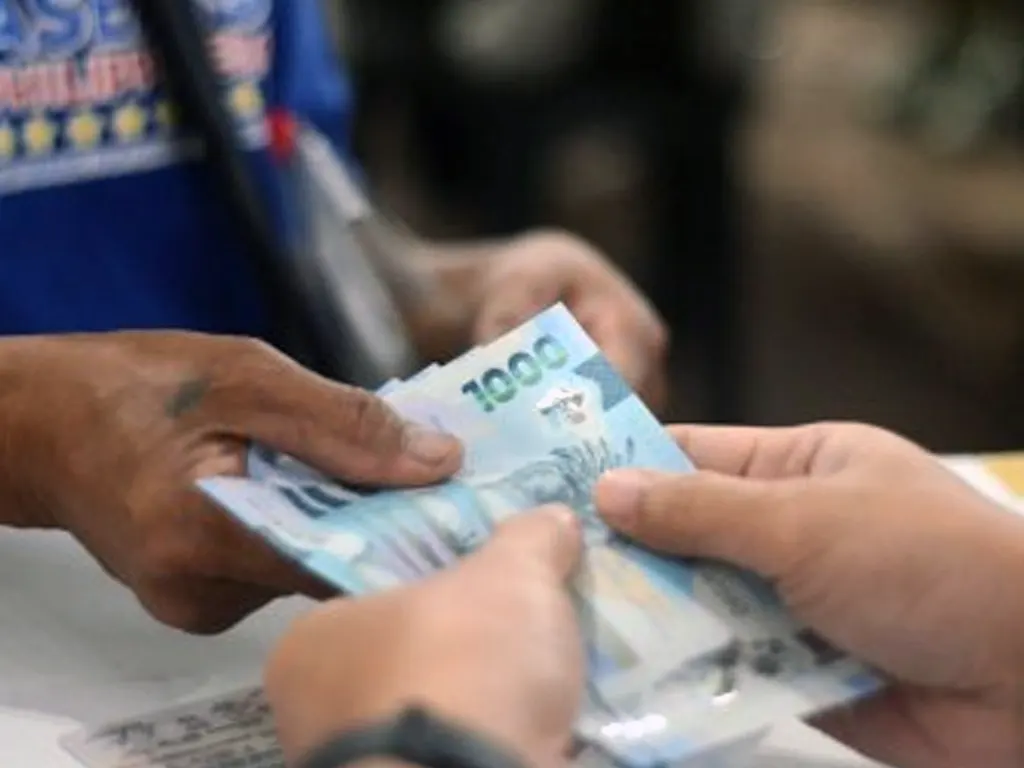
(Editorial)
THE proposed 2026 national budget allocates a staggering P129.9 billion to the Pantawid Pamilyang Pilipino Program (4Ps), a conditional cash transfer program aimed at alleviating poverty.
While the intent behind 4Ps is laudable – providing financial assistance to impoverished families contingent on meeting certain health and education requirements – the sheer scale of the allocation raises questions about its effectiveness and sustainability.
Furthermore, the complete absence of funding for the Ayuda sa Kapos ang Kita Program (AKAP), a program designed to provide direct cash assistance to low-income individuals, sparks debate about the government’s social welfare priorities. Is the continued emphasis on 4Ps, with its inherent limitations, truly the most effective way to address poverty in the Philippines, or are we neglecting other potentially impactful interventions?
The significant funding for 4Ps demands a rigorous and transparent evaluation of its long-term impact.
While the program has undoubtedly provided immediate relief to many families, concerns persist regarding its potential for dependency and the need for more robust mechanisms to ensure beneficiaries transition towards self-sufficiency.
Are the conditions attached to the cash transfers truly fostering sustainable improvements in health and education outcomes, or are they simply incentivizing compliance without addressing the underlying systemic issues that perpetuate poverty? A critical assessment of 4Ps is crucial to determine whether the program is achieving its intended goals and whether alternative or complementary approaches might be more effective in the long run.
The decision to allocate zero funding to AKAP raises even more pressing questions about the government’s commitment to providing immediate assistance to vulnerable populations. AKAP, with its direct cash transfer approach, offered a lifeline to low-income individuals struggling to meet their basic needs.
Eliminating funding for this program suggests a shift away from direct assistance and towards a greater reliance on conditional cash transfers. However, this shift may leave many individuals behind, particularly those who do not meet the eligibility requirements for 4Ps or who require immediate financial support to cope with unexpected crises.
A balanced approach, incorporating both conditional and unconditional cash transfer programs, may be necessary to effectively address the diverse needs of the Filipino population.



